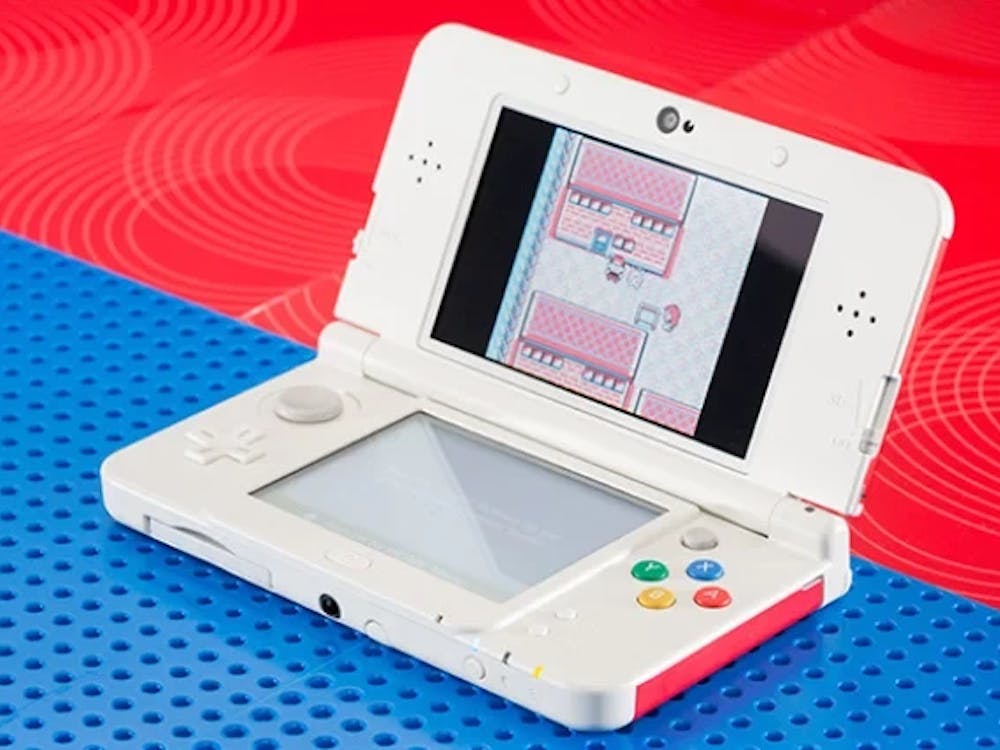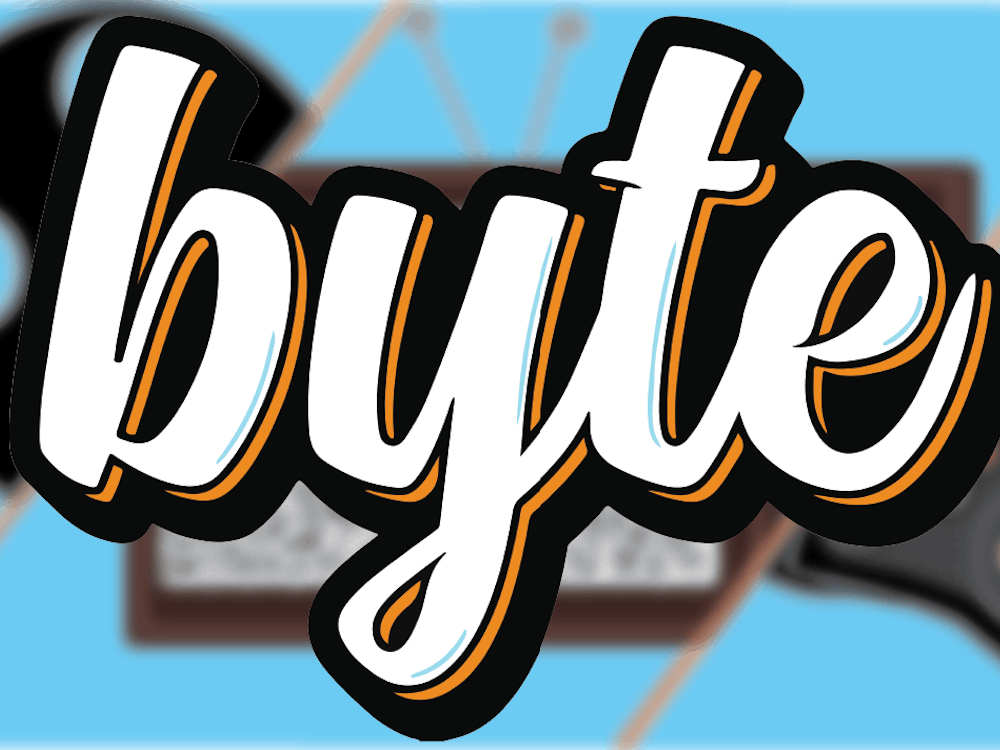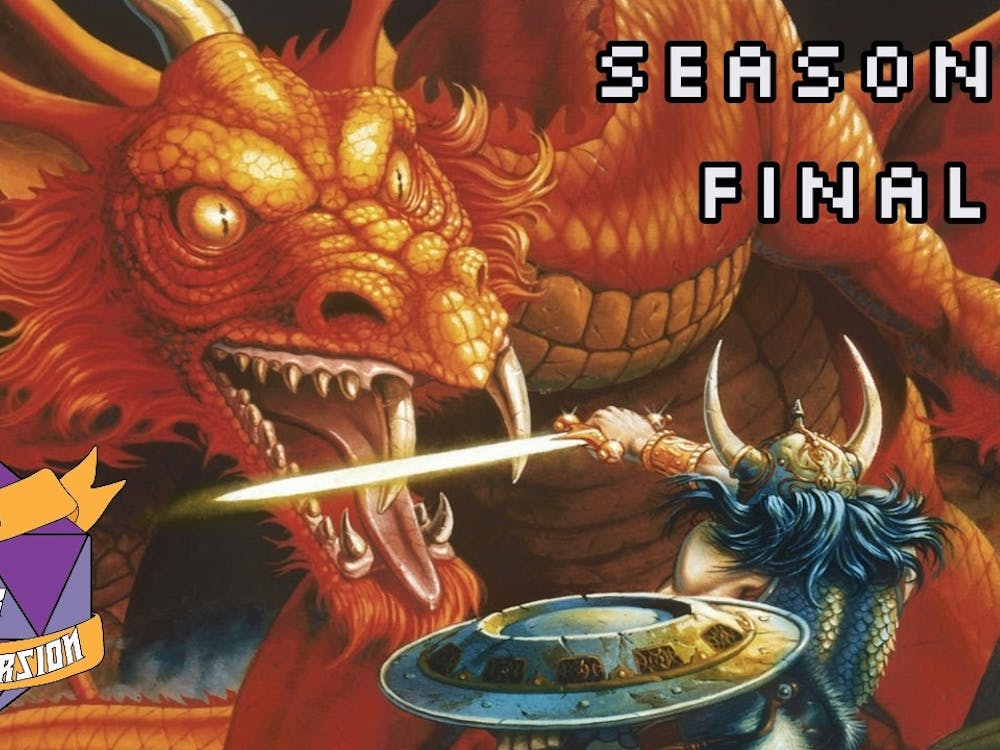It’s the series that launched a fleet of frightened let’s players’ careers on YouTube. It grew into a series famous for its cryptic lore and even more cryptic clues outside of the games. It spawned a series of video games, three books, a feature film currently in the works, a line of figurines, apparel, and other merchandise, and more creepy fan art than just about any other indie PC title. Five Nights at Freddy’s has seen its latest installment abruptly release. Dropping rather suddenly, Freddy Fazbear’s Pizza Simulator is anything but an average simulation game.
Bringing something new to the table
The game begins with a classic 8-bit style game where you, as the animatronic Freddy Fazbear, feed children pizzas. While the bright sounding music and cheerful demeanor of the children are optimistic, fans of past FNAF games should know that things begin to take a turn for the ominous rather quickly.
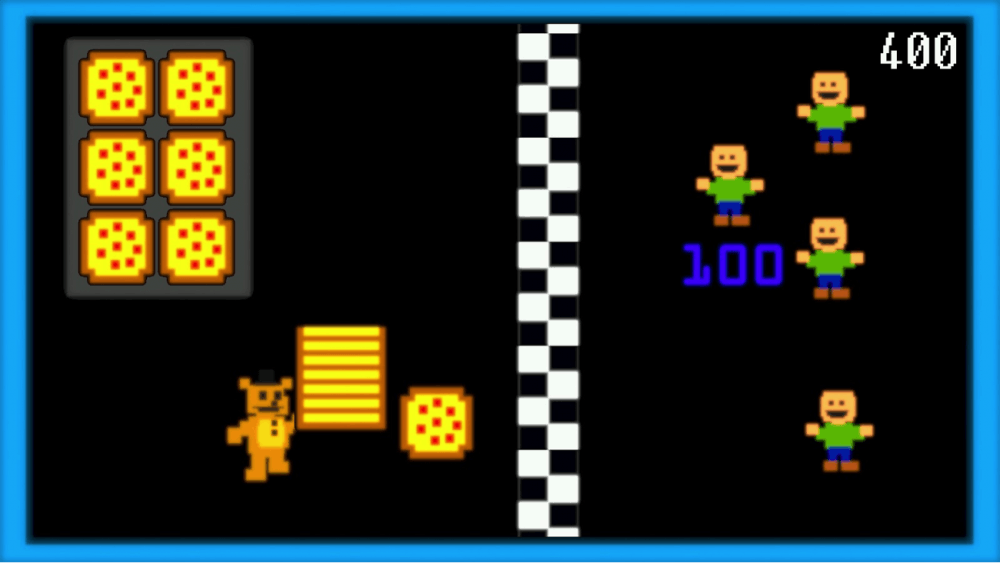
After an unsettling audio tape sequence, an introduction prompting the player on the purchase and maintenance of a Freddy Fazbear establishment begins to play, changing the tone back to upbeat. The best part is the blatant irony that becomes increasingly apparent as the introduction sequence plays. Dwelling on factors such as “liability” amongst pictures of children eating pizza and thumbs ups.
After this not-so-optimistic rundown, the player is taken to a product catalogue where they can browse and purchase items for the establishment. Initially the items available are…primitive. Instead of ball pits and intricate animatronics, you have options like “No. 1 Crate”, or “Mr. Can Do”. While not the most exciting of options to start with, as cash flows in, more products become available for purchase.
Aesthetic is not the only reason to buy items. Each product comes with various stats to consider before placing it in the establishment. These include Atmosphere, Health and Safety, Entertainment, Bonus Revenue and liability. These are all relatively self-explanatory, but can make a major difference in terms of gameplay ease.
After purchasing items, you can place them around the establishment and even play test certain products.
Back to the familiar FNAF formula
After the bright colors and charmingly happy music lulls you into a state of ease, the game very suddenly drops you back into the familiar FNAF environment. From the terminal, you must do boring administrative jobs like monitoring cleaning and ventilation, buying products, and cleaning. This sounds simple in theory, but add an array of animatronics that want to kill you and the situation becomes far more grim.
The gameplay here is a blend of past FNAF games with a new slant. You perform all of your tasks (such as checking the audio, motion detector, and cancelling annoying pop-up advertisements) on a computer screen while checking vents on either side of your computer.
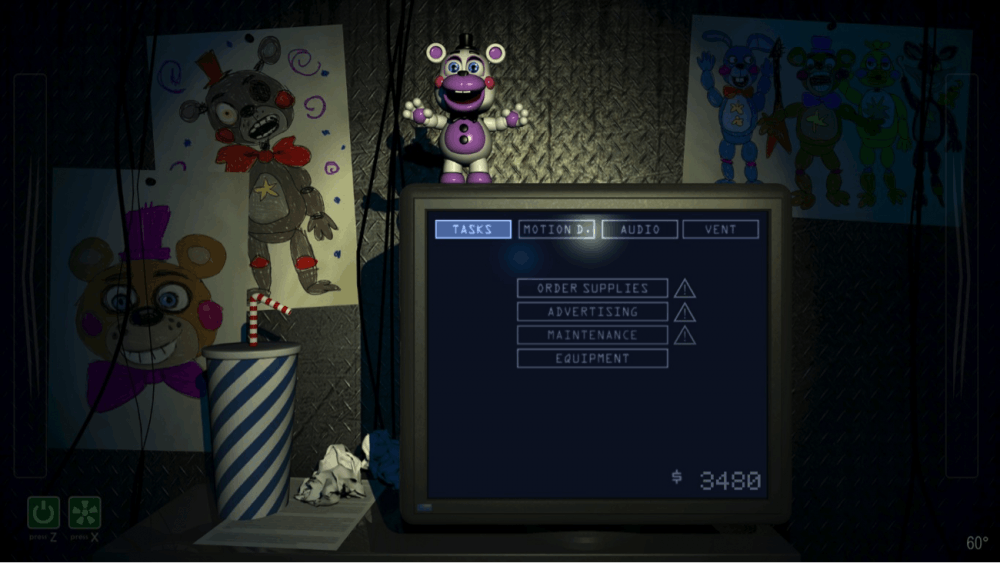
After you successfully complete each day, you are given a survey for inspecting and salvaging animatronics found in the alleyway for parts. Here, you have a choice to simply throw the animatronic away or attempt to salvage parts for cash. While the prospect of extra cash is enticing, there are risks to consider. As the game so kindly mentions, “those benefits come with risks…choose to keep it and you run the risk of certain consequences, namely death.” When salvaging for parts, you check the animatronic for stability and hardware. Successfully salvaging the animatronic will net you some cash, but it will also prowl the pizzeria trying to reach you in typical FNAF fashion.
But what if you throw it back into the alley you found the robot in? Doing so means that there will be no animatronics trying to kill the player. What about throwing out each and every animatronic? Is that even allowed? If the animatronics are never kept in the restaurant, then each night that would otherwise be filled with terror serves as a brief interlude between moments of restaurant management and interior design.
Freddy Fazbear’s Pizzeria Simulator is familiar, but different enough from older titles to remain interesting. There is some customization and choice here regarding difficulty, which can really spice up gameplay. Despite these options, Pizzeria Simulator does nothing to change the gameplay that has characterized every single main FNAF game.
Breaking from tradition
The monotony of the classic FNAF formula is broken up by not only the simulation aspect of the game, but also by the various games available. Some of these are just random RNG sequences that have a chance to unlock items, but others push you to navigate a maze, keep characters from falling, and even some side scrolling shooter action. For fans of FNAF’s ongoing lore, these short games harbor a ton of hidden clues. The various mini-games available, if played right, reveal new information that fans of the series will love.

Another way that Pizzeria Simulator breaks with tradition is in its price. This is the first main line FNAF game to be freely available to the public. This is a great move on the part of game creator Scott Cawthon. It lets players who have abandoned the series back in with nothing to lose, and it also staves off some of the series fatigue that may have set in for gamers tired of paying for a game that did not evolve its core mechanics through the years.
Freddy Fazbear’s Pizzeria Simulator succeeds on several fronts. It wraps up the lore of the series in ways that are satisfying for those who have played since the first game’s release. It also provides more new gameplay mechanics that make this an interesting evolution of the Five Nights formula. Finally, Pizzeria Simulator is a great value. Being free means that all players have to lose is their time and patience.
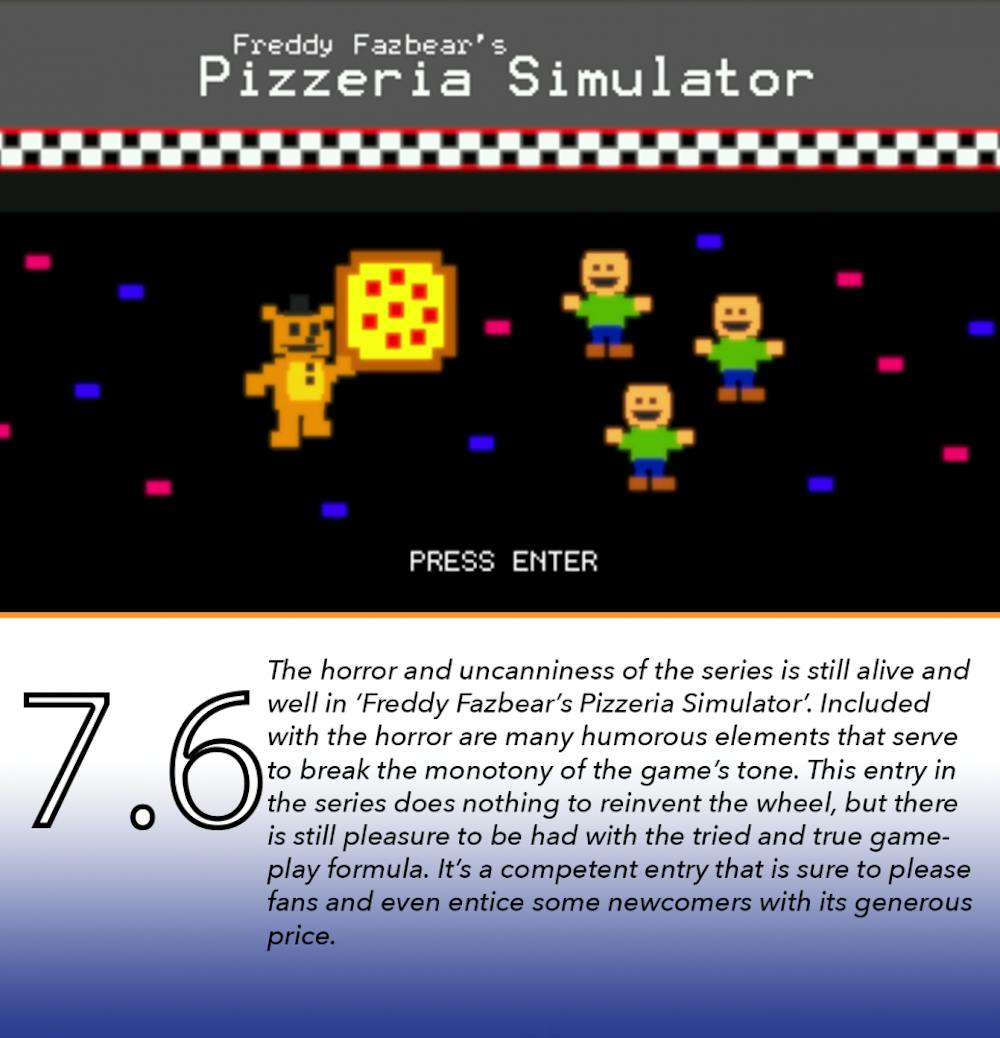
Images: Steam, Magic Game World
For more entertainment related content, visit us at Byte Bsu!


